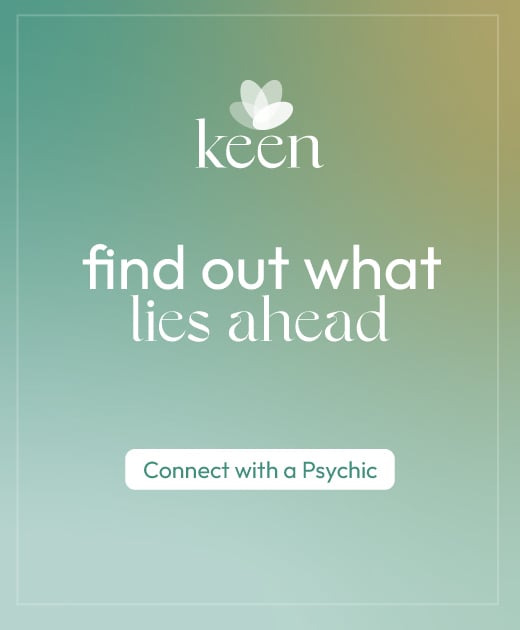What’s Your Sign? An Intro to Synastry Charts and Astrological Compatibility
There’s a reason asking, “What’s your sign?” on a first date is such a common trope. It’s more than just a cliché—and luckily, our generation is ready to get a little more technical. Astrological compatibility depends on much more than our sun signs, and can actually reveal what our deepest needs are when it comes to maintaining long-term relationships.
Creating synastry charts—or comparing two people’s natal charts—is the first step when it comes to assessing the emotional, physical, spiritual, and intellectual needs of ourselves and our partner. And there are certain things you should look for as you analyze your stars alongside your lover’s (or friend’s, or co-worker’s, where it’s appropriate). Here, a selection of aspects that indicate harmony and long-term potential.
Read me: Birth Charts for Beginners: Four Things You Need to Know
A note: All aspects referenced below speak to the conjunction, although trines and sextiles are fair game, too. In our birth charts, each planet has a specific degree assigned to it, and for any aspect to work and to activate its energy, the two planets involved must be no more than 10 degrees apart, preferably 6 degrees or less, really. The smaller the orb, or degrees apart, the stronger the connection.
Sun-Moon
The sun represents our outer self and journey through this life while our moon represents our inner needs, what’s comfortable to us, and what soothes us when we are depleted. If one partner’s sun sign is in the same sign as their partner’s, moon sign, this is called a sun-moon conjunction—a powerful bond that allows two of the most personal planets in our birth chart to be understood intuitively by one another. The sun person feels emotionally fulfilled and supported by the moon person, and the moon person feels validated and safe with the sun person. Their core needs are met in one another.
Moon-Venus
The moon and Venus are two very emotional and lovey-dovey signs in our birth chart. Venus shows us our love language—how we give, receive, and process love. And our moon, discussed above, is our emotional processing center. If one person’s moon meets up with the other person’s Venus in the same sign, there is a natural rapport and understanding between one person’s emotional needs and the other person’s emotional values. This is a powerful aspect that can lead to a lucky love life full of affection, and can keep couples on track even during difficult periods of the relationship.
Venus-Mars
Bring on the heat! Venus-Mars conjunctions are one of the hottest found in romantic synastry. While Venus is our love language and expression of love on a more emotional level, Mars governs sex, anger, passion, drive, and our animalistic instincts. When these two planets meet up, we have a recipe for sexual compatibility like no other. Your bodies want and need the same things. Traditionally, Venus rules the feminine and Mars rules the masculine, so there is a blending and balancing of this energy between you two as a couple. The chemistry between the two of you is quite literally fireworks and unforgettable—even if you end up parting ways.
Read me: How Your Natal Venus Can Help You Cultivate Connection
Sun-Venus
The sun represents our mode of operation, and when someone’s Venus is in the same sign as our sun sign, it indicates shared values, interest, and unwavering support. There is an effortless flow and harmony between both parties—even other people notice it. Venus also rules our value system and finances, so this could also indicate financial luck together as a couple.
Aspects to Ascendant/Descendant
Our ascendant, or rising sign, is the outer most part of our chart—it’s the mask we wear, the impression we give off when people first meet us, and our initial reactions to situations. When someone’s personal planet (sun, moon, Mercury, Venus, Mars) forms a conjunction with our ascendant, it forms a strong contact with the ruler of our natal chart. An immediate and instinctual rapport develops; it’s like you’ve known one another for ages. Now, the descendant of our chart is the exact opposite of our ascendant, and it rules our VII House of committed partnerships. For example, if you’re a Cancer rising at 16 degrees, your descendant would be at 16 degrees Capricorn. If someone’s personal planet lands in our VII House or directly aspects our descendant, that is a strong indicator that they have qualities that we are looking for in a long-term marriage partner.
Read me: Don’t Vibe With Your Sun Sign? This Could Be Why
Saturn
Saturn is tricky, but oh-so-important in synastry. Saturn is rigid, rule-oriented, and responsible, but it’s also karmic and binding. There needs to be some type of positive Saturn interplay between birth charts for the couple to last the test of time (Saturn is often referred to as the “lord of time”). Saturn can tie two people together for life and create a strong sense of responsibility and purpose to one another. In order for a partnership to thrive and endure ups and downs, there must be a functional structure and duty to one another. That’s what Saturn provides.
So—is your love written in the stars? Line up your natal charts and find out.
Art by Broken Isn’t Bad//@broken_isnt_bad
Get a FREE, 3 minute Astrologer chat. Connect now.



